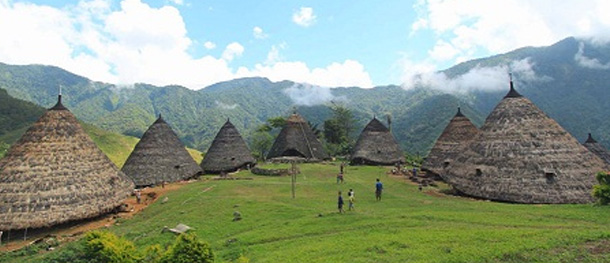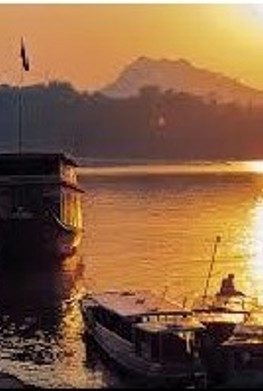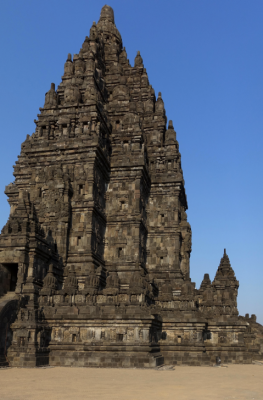Published on September 2, 2012

Mbaru Niang, the traditional house in the village of Wae Rebo on the island of Flores, East Nusatenggara province, has received UNESCO’s Top Award – the Award of Excellence – among the 2012 Asia Pacific Heritage Award announced in Bangkok, Thailand on 27 August 2012.
” Mbaru Niang in Wae Rebo Village, Flores Island, East Nusa Tenggara, Indonesia received an Award of Excellence. The community-led rebuilding project, initiated by the voluntary effort of Indonesia’s Rumah Asuh Foundation, is exceptional for the way that it successfully engaged with a broad range of conservation issues at the local level. Through the valorization of traditional knowledge in continuing architectural form and construction practices, the project has re-established sustainability of the local built environment and has promoted the pride and spirit of the community”, explained UNESCO Press Release.
The Mbaru Niang is the cone-shaped house found only in the village of Wae Rebo in the district of West Manggarai on the island of Flores, direct neighbour to the Komodo National Park. Located some 1,100 meters above sea level, Wae Rebo is quite an isolated village surrounded by panoramic mountains and dense jungle. A visit to Wae Rebo is made through the disctrisct’s capital of Ruteng and a trek from the Denge Sebu village to the Race Wae river. Wae Rebo has grown into a favorite destination for eco-tourism.
Similar to the traditional “honai” house in Papua, the Mbaru Niang, however, is quite a tall structure, is completely conical and covered with thatch that reaches down from the roof to the ground. The Mbaru Niang has 5 levels and is made of wood and bamboo, but entirely without nails. Only strong rattan fibers hold the construction together. The first level is set aside for living quarters for the family, the second level is to store food and goods, the third to store seeds, the fourth is reserved for food stocks in case of draught and the fifth and top level is kept for offerings to the ancestors.
At present, there are only eight such traditional houses left in Wae Rebo, but with the support of UNESCO and the Rumah Asuh Foundation, new houses are being built by local inhabitants based on the same age old traditional principles and values handed down through generations. (See our photo essay on Wae Rebo at http://www.indonesia.travel.
In UNESCO’s 2012 Asia Pacific Heritage Awards, a total of 43 entries, from 11 countries in the region, were submitted for consideration by UNESCO. The winners were selected based on the way that the projects reflected a clear understanding and application of the awards criteria, such as the articulation of the spirit of place, appropriate use or adaption, or the project’s contribution to the surrounding environment and the local community’s cultural and historical continuum.
Other criteria included the requirement that eligible projects must be more than 50 years old and the restoration must have been completed within the past 10 years. Buildings must have also been in viable use for at least one year from the date of the awards announcement.
Two Awards of Distinction were given to the Sethna Buildings in Mumbai, India and the Water Systems in Hampi, India. While three Awards of Merit were handed to the Zhizhusi Complex in Beijing, China; the Chandramauleshwat Temple in Hampi, India; and Khilingrong Mosque in Shigar, Pakistan. Two Honourable Mentions were also announced. They include the William Street Precinct in Perth, Australia and Jaisalmer Fort in Rajasthan, India.
(Source and for more detailed information, visit UNESCO’s: http://www.unescobkk.org
Photo Credit: Leonardus Nyoman






